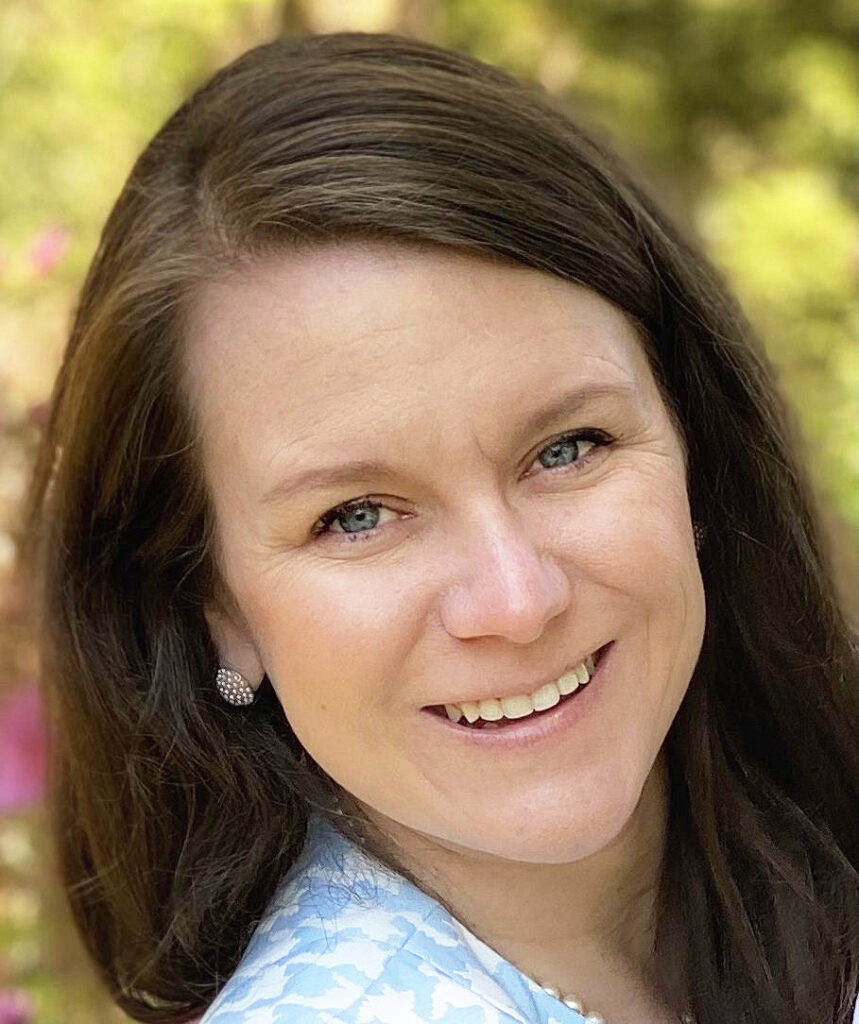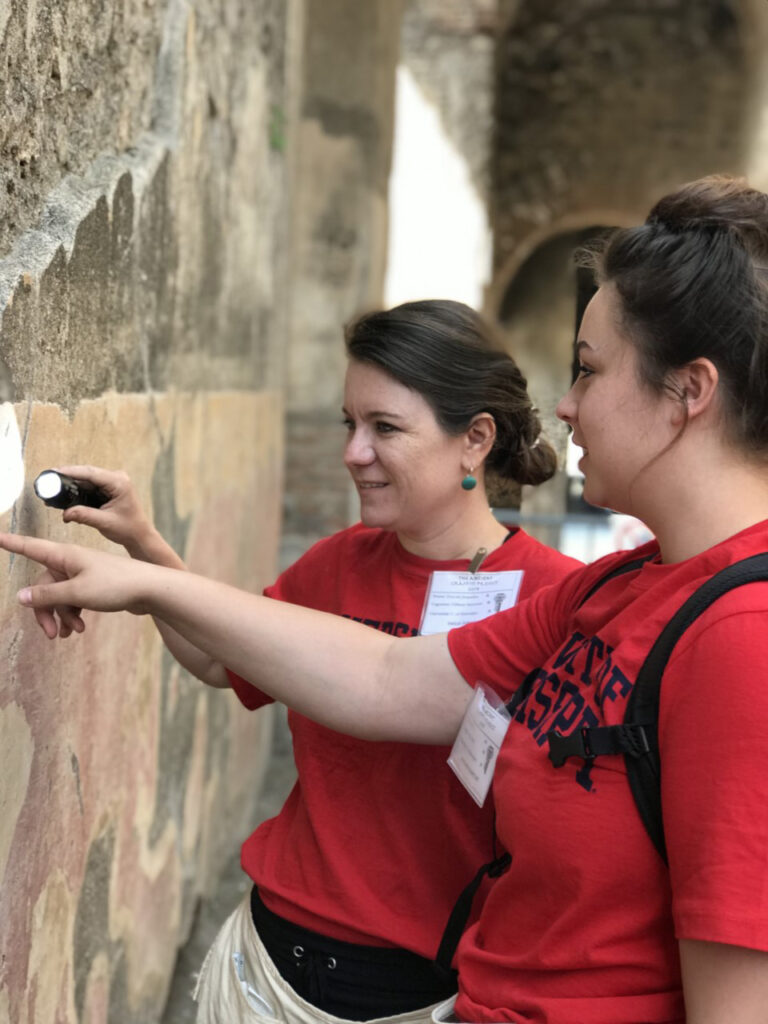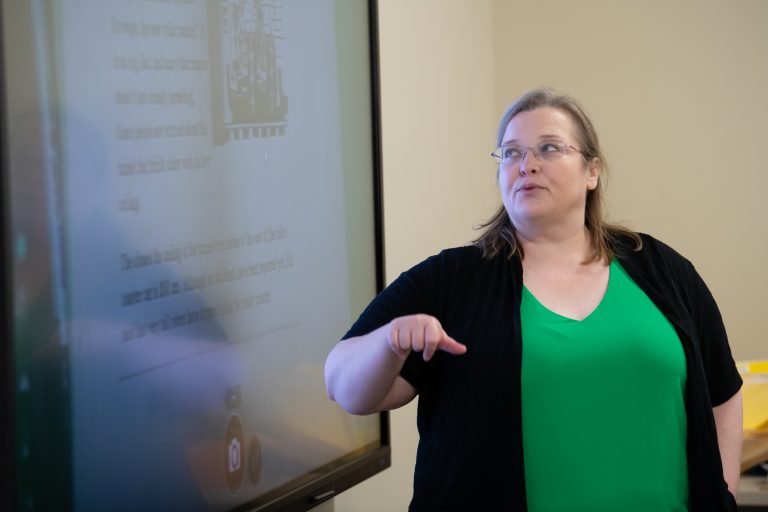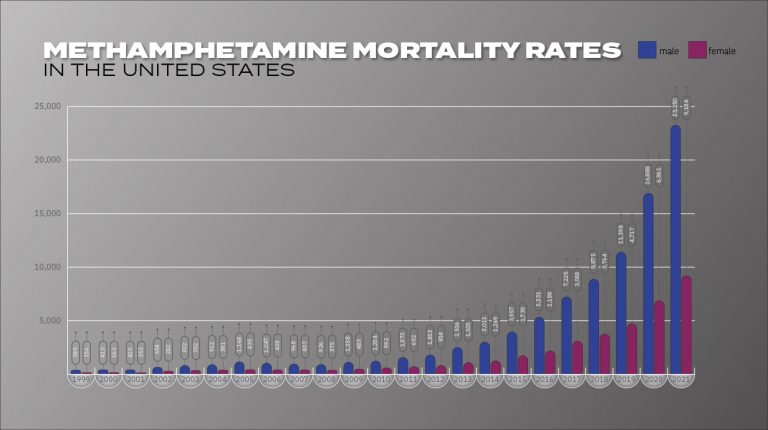
Jacqueline DiBiasie-Sammons (left) and Ole Miss student Anne Acevedo search a wall for traces of ancient graffiti using a flashlight during a trip to Pompeii in 2019. The professor’s presentation of 'A Day in Ancient Pompeii' was selected by TED for global broadcast. Submitted photo
Jacqueline DiBiasie-Sammons’ research on ancient Pompeii featured on TED, awarded NEH funding
A University of Mississippi professor’s research into ancient Pompeii is enjoying recognition on global and local scales.
Jacqueline DiBiasie-Sammons‘s talk, “A Walk Around Ancient Pompeii,” is being broadcast to the world this month through the popular thought-leadership platform TED.
Earlier this spring, the assistant professor of classics received the university’s 2022 Cora Lee Graham Award for Outstanding Teaching of Freshmen. Most recently, she received a National Endowment for the Humanities Summer Stipend Award.
“I am very grateful to the University of Mississippi TEDx for making it possible to share my research,” DiBiasie-Sammons said. “This is probably the first time many people will have heard of ancient graffiti, and I hope this will spark an interest in this writing and the ancient world more generally.”
In her presentation, which was given during the university’s TEDxUniversityofMississippi 2022 event, DiBiasie-Sammons explores graffiti of Pompeii, which was buried under volcanic ash in A.D. 79. In doing so, she reveals the aesthetic expression and voices of common people, including women and the enslaved.
“I take the audience on a walk down a street in Pompeii to examine the messages preserved beneath the ashes of Mount Vesuvius and what ancient graffiti can tell us about the people that once lived there,” she said.
The 2021 recipient of the Dr. Mike L. Edmonds New Scholar Award in Humanities, DiBiasie-Sammons’ research investigates the ancient graffiti and graffiti made using charcoal. Research suggests charcoal was probably one of the most common materials for ancient graffiti, but few charcoal graffiti survive due to its perishability. Consequently, few of these charcoal graffiti have ever been studied.
“The summer stipend will support travel to Pompeii in July for about two weeks and research and writing on the charcoal graffiti of Pompeii,” she said. “While in Pompeii, I will analyze several of the places in which charcoal graffiti used to be written in the city – most of them are gone now – and study several of the charcoal graffiti that are still extant.”
Four Ole Miss undergraduate students will accompany DiBiasie-Sammons to Pompeii to assist her. Besides enhancing general understanding about the medium, the study will offer precious insights into the artistic sensibilities and everyday lives of ordinary people in the Roman world, she said.
“The impetus to write on the walls has not changed in over 2,000 years and it reveals a common thread of our humanity,” she said. “By understanding the desire to write on the walls of ancient Pompeii, I believe we understand a bit more about ourselves, too.”
Of her teaching recognition, DiBiasie-Sammons said she is “deeply grateful” to be singled out from among the many incredible faculty members on campus.
“Teaching is my passion, so it means so much to me to be recognized,” she said. “I also want to express my gratitude to the Center for Excellence in Teaching and Learning, whose programming and opportunities have helped hone my teaching.”
Molly Pasco-Pranger, professor and chair of the Department of Classics, said her colleague’s achievements reflect the enthusiasm and focus she gives to every area of her professional life.
“It was clear from that first visit that we had found an outstanding colleague who would be a huge boon for the department and our undergraduates,” she said.
“She is a gifted and dedicated teacher of both Latin and archaeology, with a research program that draws students in and gives many of them a chance to do hands-on work – and in Pompeii and Herculaneum in particular, sites that many of them will have read about from the time they were very young.”
To watch DiBiasie-Sammons’s TED presentation, visit https://www.ted.com/talks/jacqueline_dibiasie_sammons_a_walk_around_ancient_pompeii.
By Edwin B. Smith





